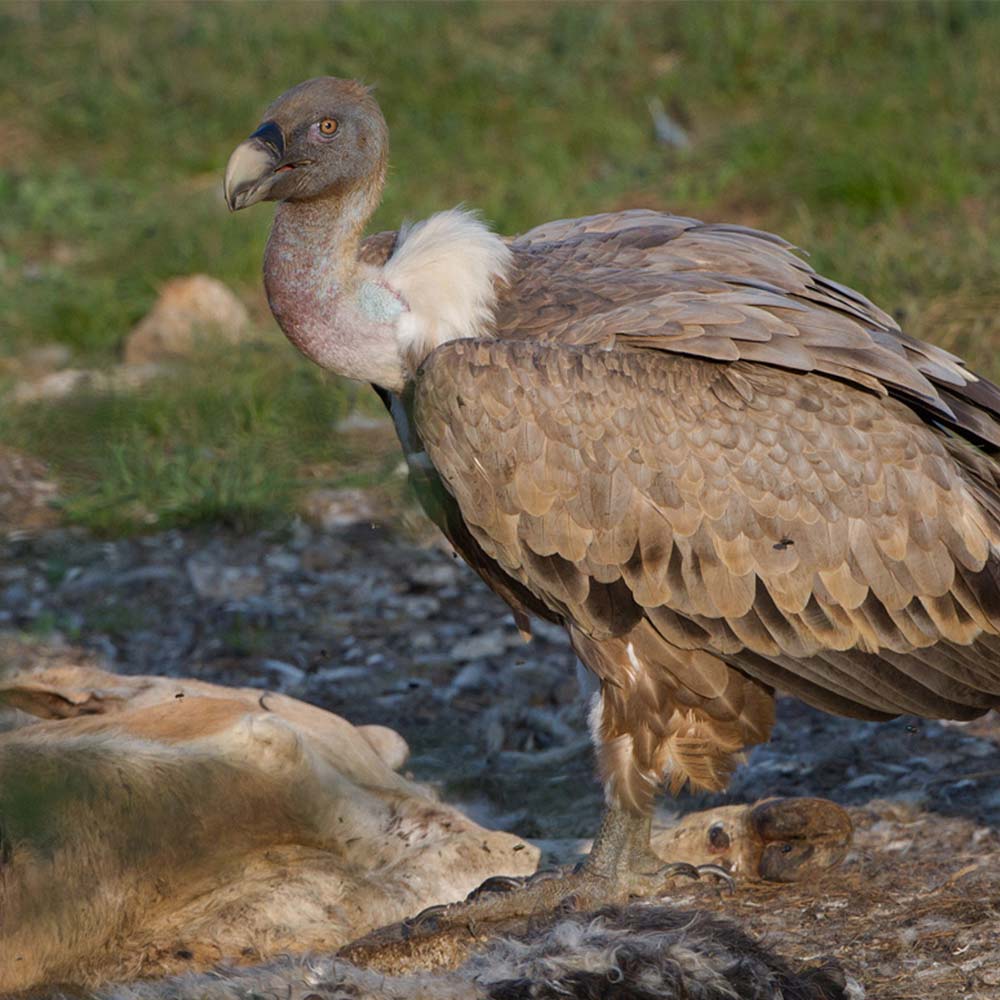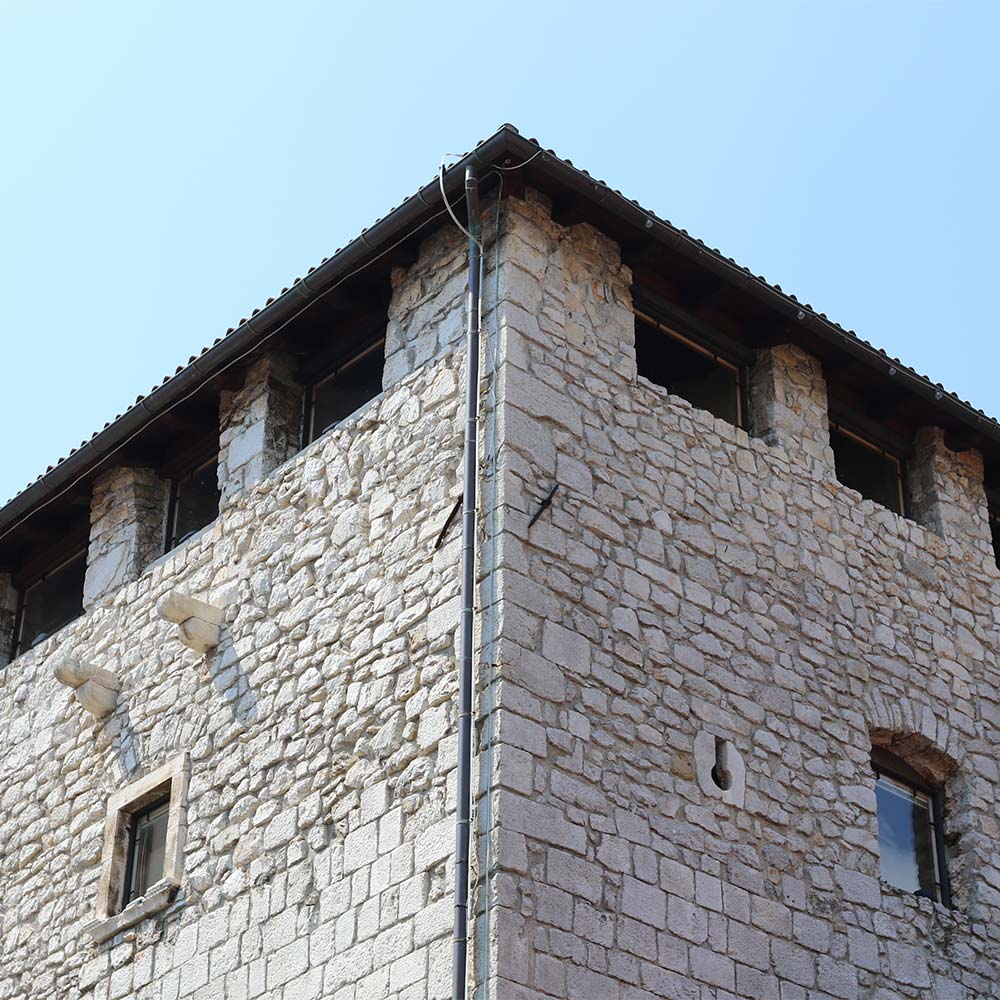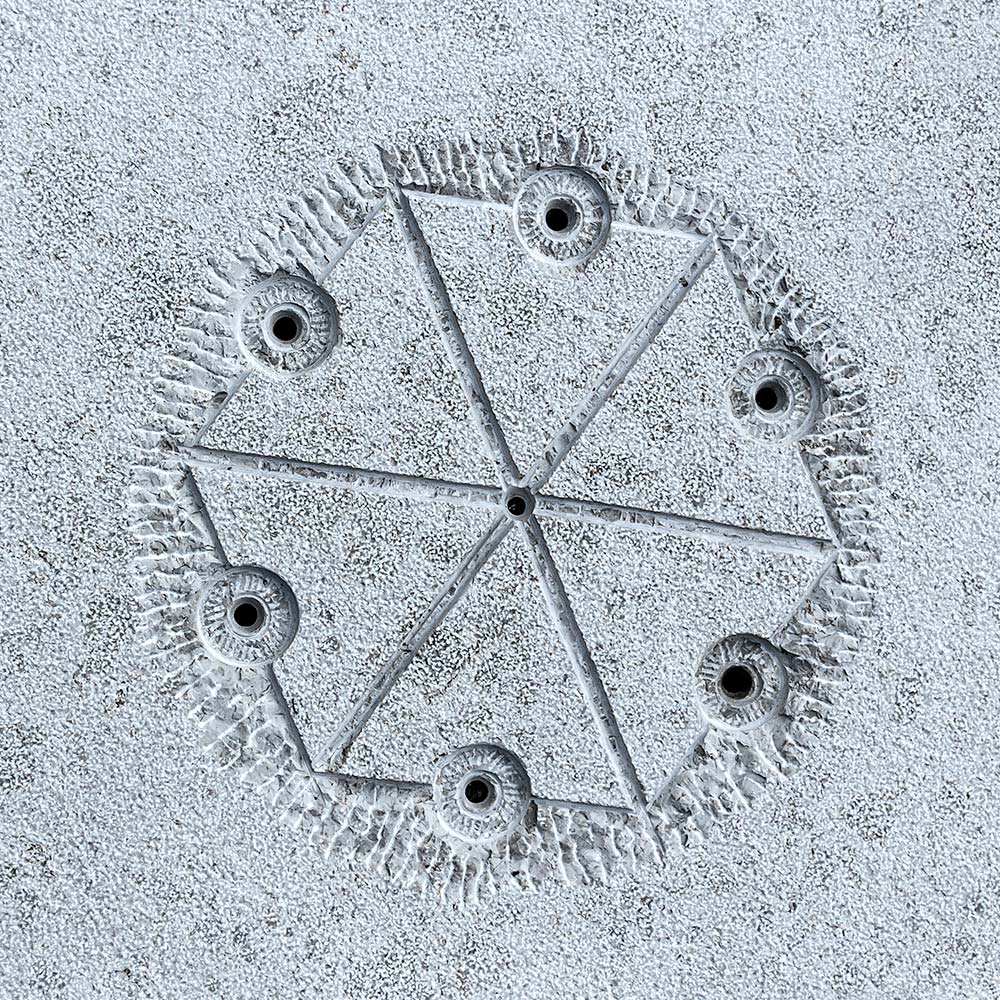Outdoor safety tips:
- choose a route that you can physically handle and that you have the time to complete – study it and plan your outing / workout in advance
- always go with someone else, at least one other adult or with a group
- inform your family / friends about your route and when you expect to returs
- take only marked hiking / cycling trails and paths
- count on possible changes in the weather
- always take additional warm clothing and footwear, rain and wind geard, a hat and gloves
- wear clothing and footwear appropriate for outdoor activities
- for for biking, always wear a helmet, and besides ensuring that your bicycle is in good repair, take along a pump, spare inner tubes and tools
- always carry ample water and food, a first-aid kit, a fully-charged cell phone, flashlight and whistle
- take a hiking map and compass with you on any longer trip
- know how to read the coordinates of your position on your smart phone
- learn to use GPS functions on your device so that you can read the coordinates of your location, or install a free app on your phone that will display your coordinates at all times
- sometimes cell phone reception is weak in the mountains, so voice calls are either impossible or they crack or break, while text messages can still be transmitted even with weak reception
- be particularly careful in the winter and remember that the days are shorter; don’t go on outings or work out in areas with which you are unfamiliar under summer-time conditions
- learn how to render first aid and learn to use the necessary equipment
- if you have any allergies, we further recommend that you consult your physician and take along medication to alleviate allergic reactions in case of stings from bees, hornets, etc.
- if you have a medical condition (e.g., diabetes, heart disease, epilepsy, etc.) and/or you take essential medication, write that down on a piece of paper that you keep in your first-aid kit so that this vital information will be available in case of rescue operations
- inform the members of your group if you have a medical condition and/or you take essential medication and make sure that the latter are kept in an easily accessible place and that everyone is aware of it.
Special tips for climbers:
- wear a helmet
- always check your partner’s gear
- use only suitably certified gear (UIAA-CE)
- do not use aluminium or steel gear that has fallen from a great height
- familiarize yourself with a planned climbing route (height, difficulty, necessary gear, schematics)
- communicate with your partner
- do not consume alcohol prior to or during your climb
- adhere to the specific rules and tips that apply to your climbing route.
Recommended first aid:
Every functional first-aid kit must AT A MINIMUM contain the following:
- nitrile gloves (to protect against infections)
- dressings
- a set of sterile compresses/gauze
- bandages of various sizes
- a space blanket (to protect an injured person from inclement weather)
- other sundries (drugs, card listing personal detail, etc.)
Emergency procedures:
In case of emergency, you need to:
- retain your self-control, calm yourself and others
- protect the injured individual and yourself from immediate danger (from falling, cold, sunlight, moisture, etc.) as best you can
- render first aid to the injured individual to the best of your knowledge and ability
- mark the site of the accident or place where the injured/incapacitated individual is located (particularly in the winter)
- urgently notify the Croatian Mountain Rescue Service (HGSS) of the emergency.
An emergency in the mountains or other difficult-to-access terrain requiring the aid of the Croatian Mountain Rescue Service can be reported to:
- the Central Operations and Communications Centre, at ph. no.:112
- the emergency numbers of the Croatian Mountain Rescue Service stations
- the Croatian Mountain Rescue Service notification points (equipped mountain huts visibly marked with the name and symbol of the Croatian Mountain Rescue Service) – not applied for Učka
- the police, at ph. no.:192
- the nearest emergency medical assistance station, ph. no.: 194
- any member of the Croatian Mountain Rescue Service.
Notice of an emergency must include the following information:
- name and surname, phone/cell number of the person reporting the emergency
- the location of the emergency (with the most precise possible description)
- what happened (the cause and type of injuries)
- what actions were undertaken so far (type of assistance rendered, who else has been notified)
- weather conditions at the emergency site
- how the emergency site can be reached
The most effective emergency call is one that includes GPS coordinates of the emergency site, transmitted by smart phone.
Emergency signals:
An emergency signal for assistance from the mountains or a cliffside can be made by light or audio means. A signal and response must be repeated until a secure and clear link is established. Signals are made six times per minute every other minute, and the responses must be the same signals three times every other minute. A red signal flare can also be fired to summon assistance.
In case of rescue by helicopter, during its flight the caller, if possible, should position her/her body in a Y-posture, for ‘yes’ (standing upright with arms outspread). The location of the emergency may also be designated by waving the space blanket (the shiny side), while at dusk, or if the place is craggy, with a camera or cell phone flash.




